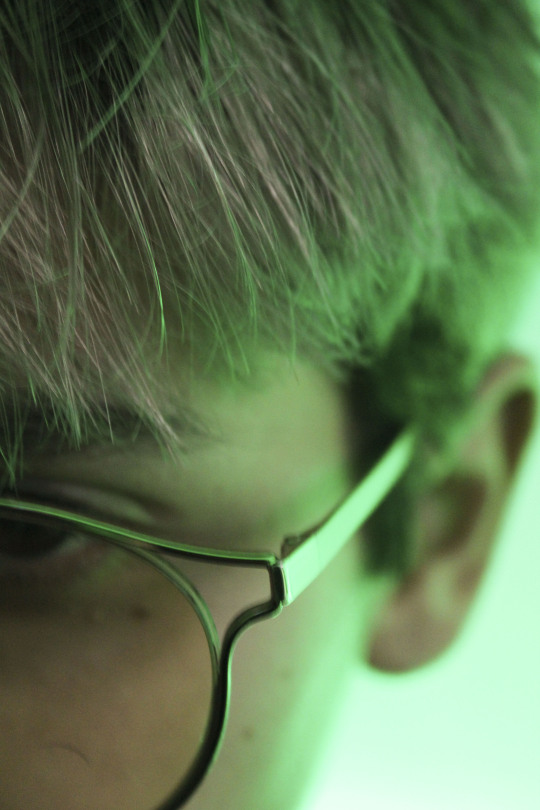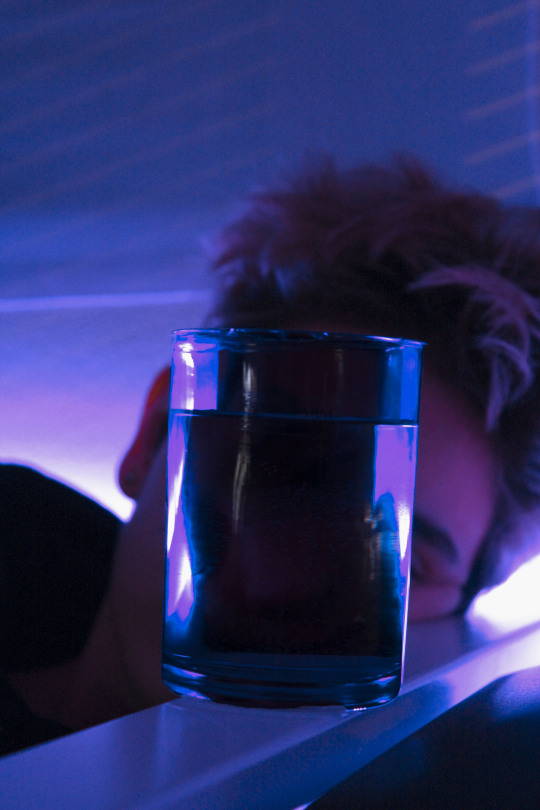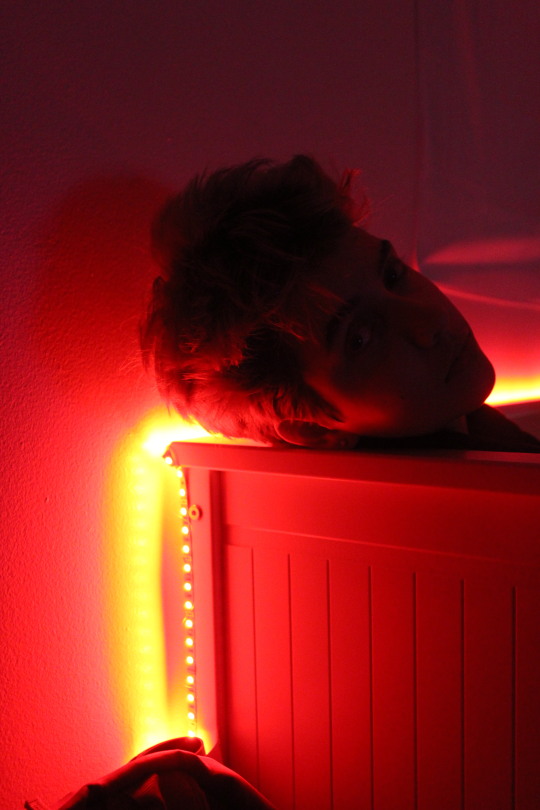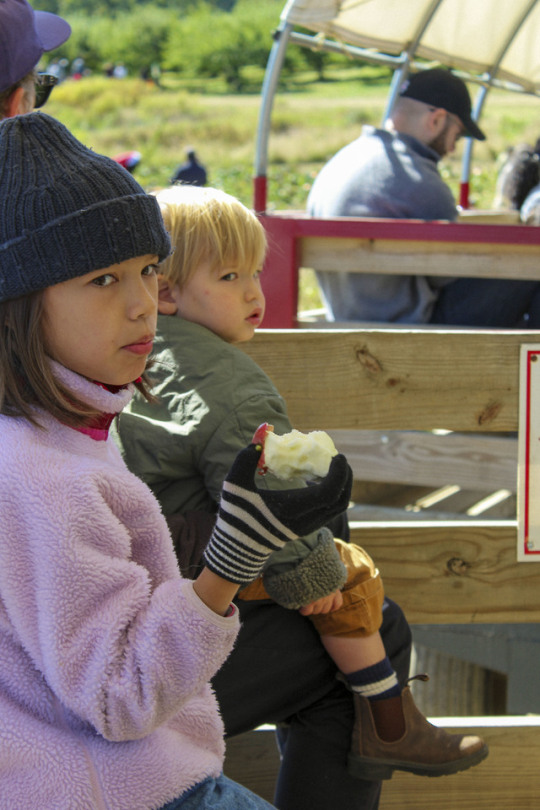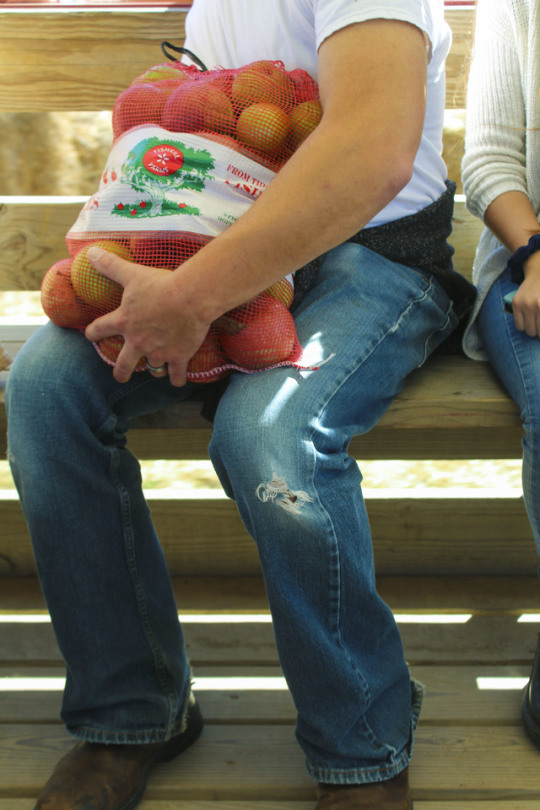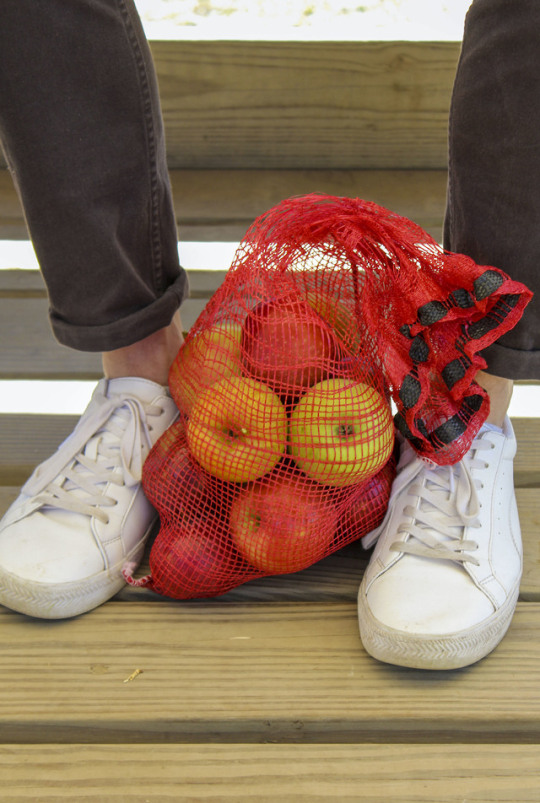Video
Artist Statement
Memories, Dreams, these are the words I think about when I look back at my photographs. Maybe that is what my subconscious is thinking too. I like warm colors, but I think that is because it adds to the feeling of an old memory. If I look at my photographs as an outsider I would say that there is this feeling of quietness hovering over them. Some might look at it as loneliness but I would say it is meditative. I like simple photography, where the subject is clear and I can highlight things that people don't usually pay attention to. That is why I like close-ups because although there could be so much happening outside the frame, this is the moment, the detail I chose to expose. My favorite subjects are those who I feel close with, whether it is a person, an object or myself. I feel more comfortable and confident in my photography when it is not planned and a place, an object or a person just happens to be at the right place and the right time. I have always enjoyed photographing places, people, or objects but I think the most challenging photographs were my self-portraits, whether I am in them or not. Even looking at them now they feel different, more contemplative, more delicate. Even though I would consider all these photos intimate, I would say that photographing myself when it is just me or the things I am seeing alone is a different kind of intimate.
One photographer that inspired this work but also my work, in general, is Todd Hido. My favorite projects by him are Homes at night and Interiors. His interior photos have had a big impact on me. I love how simple they are, how most of the time it is just empty space or one specific subject. His photos of homes at night, in my opinion, are very detailed oriented because Hido pays attention to something we just consider ordinary. He elevates the subject and the place, catching the perfect moment the light falls on a house, window or car and the colors that come with nighttime.
http://www.toddhido.com/interiors.html
http://www.toddhido.com/homes.html
0 notes
Text

https://www.huckmag.com/art-and-culture/photography-2/gregory-crewdson-staged-truths-cathedral-of-the-pines/
“I think all my pictures are psychologically rooted. There’s not much on the surface that is direct narration. Whatever story is being told should remain a mystery – a question mark even to myself. I’m more interested in telling the submerged narrative using light, colour, atmosphere and mood.”
“All the locations are meaningful to my own life. Many of the subjects are people I know or even love. These things are very specific yet they’re not conventional documents of a place or portraits of people.”
0 notes
Text
links for the presentation
https://www.berggruen.com/exhibitions/gregory-crewdson
https://gagosian.com/exhibitions/2005/gregory-crewdson-beneath-the-roses/
https://youtu.be/BpIRm5BsXeE
undefined
youtube
0 notes
Text
Mini Research Paper
Gregory Crewdson
Gregory Crewdson is an American photographer born in 1962 in Brooklyn New York. His work has been exhibited internationally in prestigious museums such as the Museum of Modern Art, Metropolitan Museum of Art, Whitney Museum of American Art, etc. (1)
Crewdson is mostly known for his staged photographs of suburban environments that become comparable to cinematic pieces.
His most recognized bodies of work are Natural Wonder (1992–97), Twilight (1998–2002), Dream House (a 2002 commission by the New York Times Magazine), Beneath the Roses (2003– 08), and Sanctuary (2009). (1)
I have looked at these bodies of work and have chosen two of my favorites to put them in comparison with each other.
These two bodies of work are Dream House and Beneath the Roses.
Before I talk further about the specifics of each body of war I would like to say that Crewdson is one of my favorite photographers of all time. These two bodies of work both are about what Crewdson is known for a suburban lifestyle. They are also both staged, also something that Crewdson is known for. My favorite thing about his photography is how identifiable they are, meaning that they're so unique and his work is so distinct and excellent.
Dream House and Beneath the Roses both have this sensual, melancholic vibe. Because they are staged, they make us feel this sense of being in the middle of reality and fiction. His photographs are almost too perfect to be real, yet also the things, situations, and people we see are real. Crewdson's photographs feel like a cinematic experience. He puts a lot of working into creating one photograph because he needs a whole cast and production team to help him. What I have noticed in both his projects Dream House and Beneath the Roses is how important the lighting is for him.
Crewdson has a very cinematic production brain, that is why everything needs to be perfect, especially the lighting needs to hit at the right place for the story to come across.
Let's look at these small details closer in both of the bodies of work.
In "Dream House," Crewdson decided to invite several stars in an abandoned house he found. this was different from the previous projects where he used random people. (2)
He used actors such as Gwenyth Paltrow, Julianne Moore, William H. Macy, etc (2) These celebrities play a big role in the photographer's idea of creating still movies because although the actors are used to motion and dialogue, this still felt like a movie when it came to the production and the long time it required to make. Maybe this was Crewdson's way to challenge these actors into doing less and meaning more.

This photo is one of my favorite photos in this project. It embodies everything I love about his work. It feels like a scene from a movie. The car, the rain, the actor all staged perfectly. With this photo, in particular, we go back to the theme of suburbia. We study how the actor is positioned and we immediately go to his face. He looked defeated, almost like life has pushed him to the ground. His worn blue shirt, the rain, the car left outside the garage, the fake grass, tell the story without any motion or dialogue needed. There is also mixed light in this photograph, the lights that are reflected by the rain outside and the perfect warm light sitting on the ground and laying all over the actor helping the melancholic feeling of the photograph.
Looking at the other body of work "Beneath the Roses" there is significantly different from the previous project. On the previous project, we looked at the lives of these suburban people from the inside their homes, therefore we felt closer to them, almost like they are our own families. In this project, we see things as an outsider. We see a lot of houses, streets, and when we see people, we see them far away or from outside the house. Although Crewdson's on productions are usually mysterious and give you an eerie feeling because we are so far away it makes us wonder more. Like in most of his photos the few people that are shown here are not looking at each other. This is something that is similar to the previous project.

I chose this photo as my favorite from this body of work. Crewdson knows how to use colors and light in a way that is visually pleasing but also gets the narrative across. I love how in this photo we can see the outside of the house but also this scene inside the house through the window, looking almost like a painting. Everything is so perfect and beautiful, the cold light reflecting, the snow, the glass door from which we can see the bathroom, the bedroom where you can see the mom looking at her baby sleeping, the blue sheet, the warmer light of the bedroom.
In both of these projects, he explores the themes of a story or experience that is hidden. Looking at his photos there are always questions. You feel like you have walked in into something that you should not have. They are like a movie in the sense that I feel like I am looking at his photographs on the other side of a screen. With the colors and the lighting that he uses he creates a dreamy feeling in his work. I have noticed that all of his photos are untitled, but I think that titles would not have given us much information, because Crewdson's production helps us create a story in our heads, but the cinematic feeling of it leaves us wanting to understand but we never do and that I think is the brilliance of Crewdson's work.
Works Cited
1. https://gagosian.com/artists/gregory-crewdson
2. https://www.berggruen.com/exhibitions/gregory-crewdson?view=slider
0 notes
Video
0 notes
Photo

The Narrative Project
Emotions in Color
all photos posted next to each are meant to be looked at together
0 notes
Photo
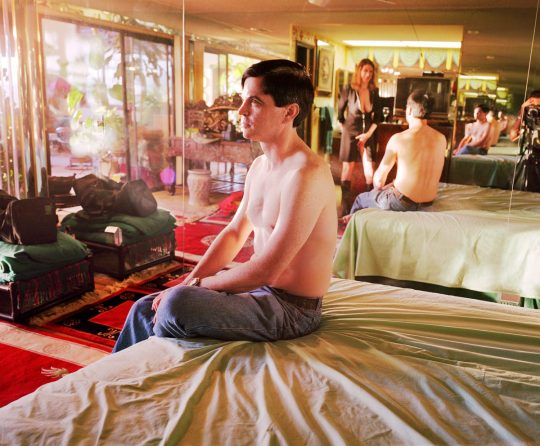
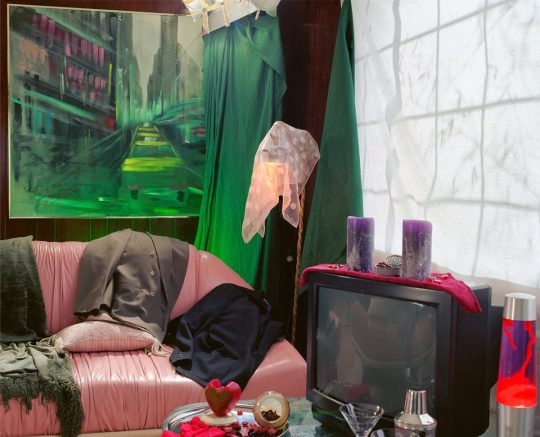
Larry Sultan
The Valley
This project explores the reality of the porn industry, a combination of staged and documentary-style photographs, showing the actors and film crew in a more mundane point of view. These photos are set in suburban homes and gardens, which shows domestic and middle-class lifestyle. The series of pictures focus on the genuine moments that happen when the cameras are not on; this perspective displays the normalcy of the actors and their job. The narrative of this project shows concepts of home and desire, revealing the truth of the industry.
What I find interesting about his work is the saturated and warm tones he uses throughout his photos, it brings an interesting perspective and makes you think about what he's trying to convey. The way he portrays his subjects is refreshing, you often don't know if he has staged the photo or if it's candid. He is able to tell and explain how humans are day to day in an artistic way. His storyline through his photos is poetic, making his work memorable and influential.
0 notes
Photo


The exhibition I saw was Implicit Tensions: Mapplethorpe Now by Robert Mapplethorpe at the Solomon R. Guggenheim Museum. There were approximately ten pieces of work on view. The sizes ranged from 24x18 inches to 10x10 inches. Mapplethorpe's work in this exhibition was made in the 1970s and 1980s, which included mixed-media constructions, figure studies of male and female nudes, floral still lifes, explicit depictions of New York's underground S&M scene and genuine self-portraits. This body of work represents different identities and captures the feeling of this era, which continues to fascinate people to this day.
In this exhibition, two of the photographs that grabbed my attention were the Brian Ridley and Lyle Heeter, 1979 and Grace Jones, 1984. Mapplethorpe is known as a controversial photographer due to his photographs depicting sexual, homoerotic themes. Contrary to that, he also photographs flowers and portraits but is mostly known for his images showing nudity and queer themes. Mapplethorpe is revolutionary. I see how he can be controversial, especially knowing the years he was active. I can imagine how shocking it was for people back then, but even now, to look at these kinds of images.
His subjects were generally framed against plain backdrops and are black and white. A lot of them showed muscular men engaging in a sexual way or like the photograph that I chose holding sexual objects like leather or chains.
The first photographs that I chose were one taken of the singer Grace Jone's for her seventh studio album. Mapplethroen collaborated with the artist Keith Haring, this made possible by Warhol to produce a set of photographs for Interview Magazine. Haring painted the vigorous patters on Jones body. Her costume was completed with metal coils over her breasts and pelvis. In this photograph, we see her fiercely gazing into the camera with her arms spread and her leg up. The position of her body and her gaze gives us the impression of power and strength. Like all of his other photographs, Mapplethorpe is bringing light to people and things that are not usually represented or seen in photography, in this case, black femininity but also power.
The other photograph that I thought was fascinating was this portrait of the two men.
If I did not know that themes or Mapplethorne's background, I would be confused by looking at this photo, but being introduced to the other photographs in the exhibition, I knew this had this showed an S&M scene.
This photograph was part of Mapplethorpe's X Portfolio, which features homoerotic sexual scenes of the New York underground s&m scene.
I love how clean and symmetric his photographs are. They are so easy to look at, but I think that is because of his provocative themes. He wants people to look at them; he wants them to be comfortable. That is why I think he doesn't want to put too much in the frame because that could be a distraction from something important he wants people to be introduced to.
In my opinion, I think that Mapplethorpe's work is so important in history but also really relevant today. I think what makes it so unique is the uncomfortable feeling that comes with them. There is a way of understanding and feeling his art in a way that makes you uncomfortable at first, but you end up feeling free because of how Mapplethorpe broke down boundaries. Although now things have changed, he changed the definition and purpose of art. Art is not always beautiful and comfortable, and Mapplethorpe was definitely a provocateur and an outside of the box thinker.
0 notes
Photo

Throughout September and October, Fishkills farms offer not only a variety of apples to pick but also Fall Harvest festivals that complete your day with extra fun activities. I took these photographs to document my journey through the farm and some of the things I saw during it. I got to see many types of apples, saw pumpkins of many sizes and colors, and went on a wagon ride, which was the easiest way to get around the massive farm. I am glad I got to document such a fun fall activity and the many people that I saw around.
0 notes
Photo



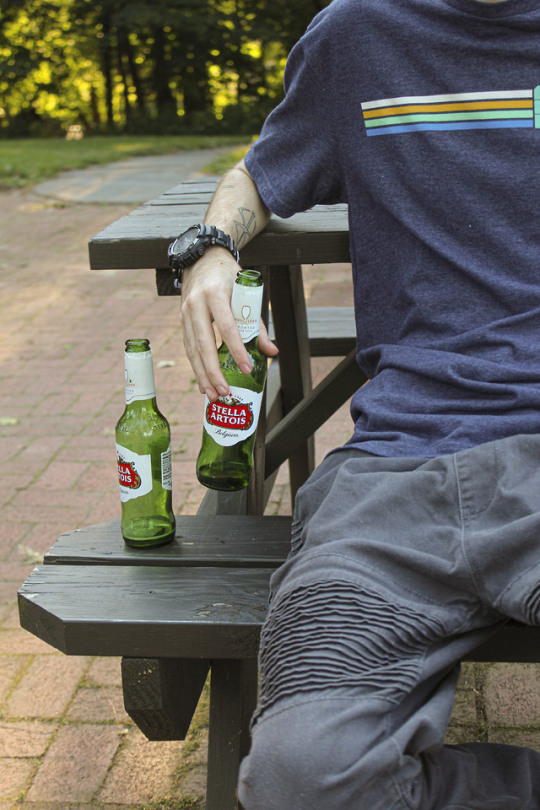
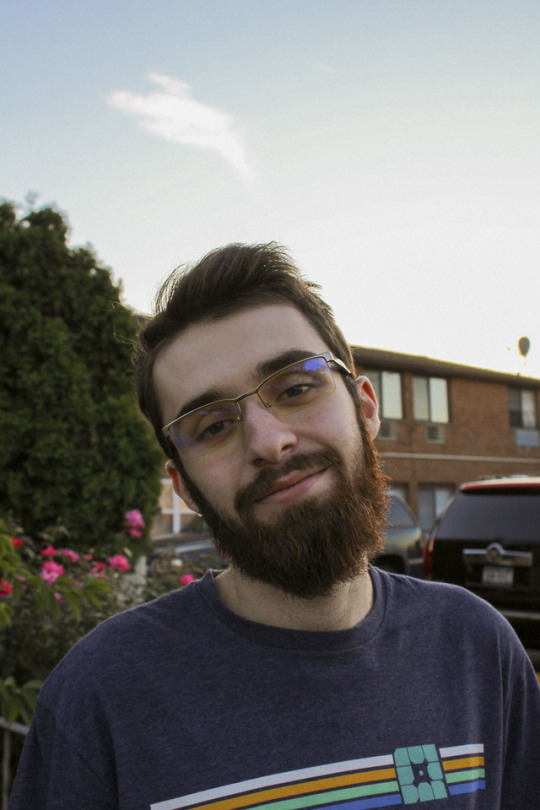


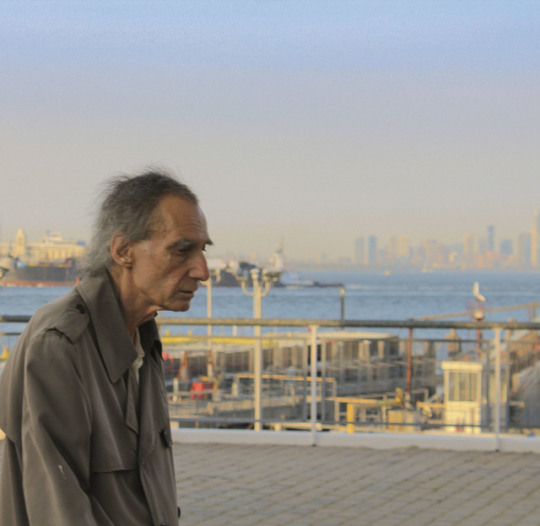
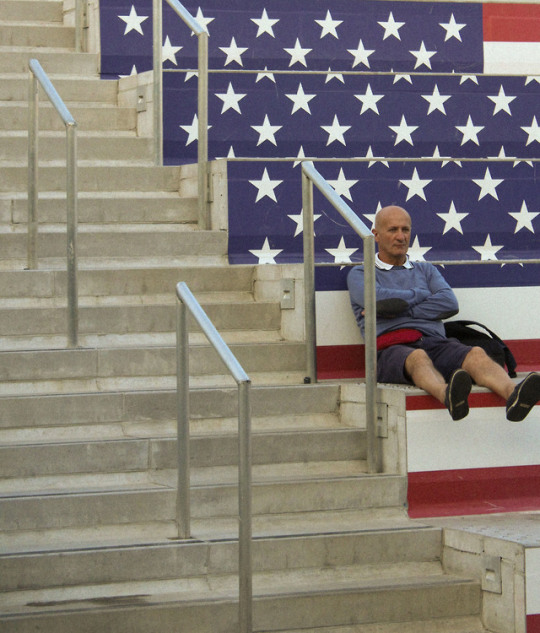

Photo 1
f/5.6
Photo 2
f/10
Photo 2
f/10
Photo 3
f/5.6
Photo 4
f/5
Photo 5 and 6
f/7.1
Photo 8
1/160
Photo 10
1/200
0 notes
Photo
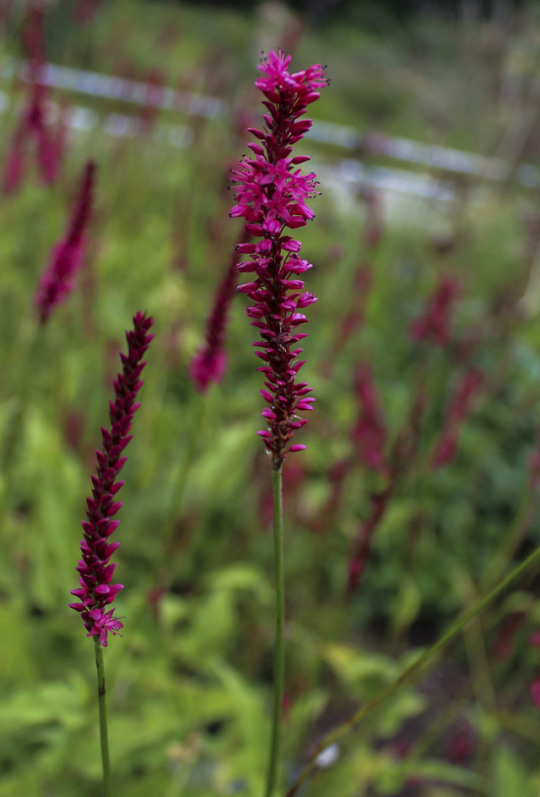
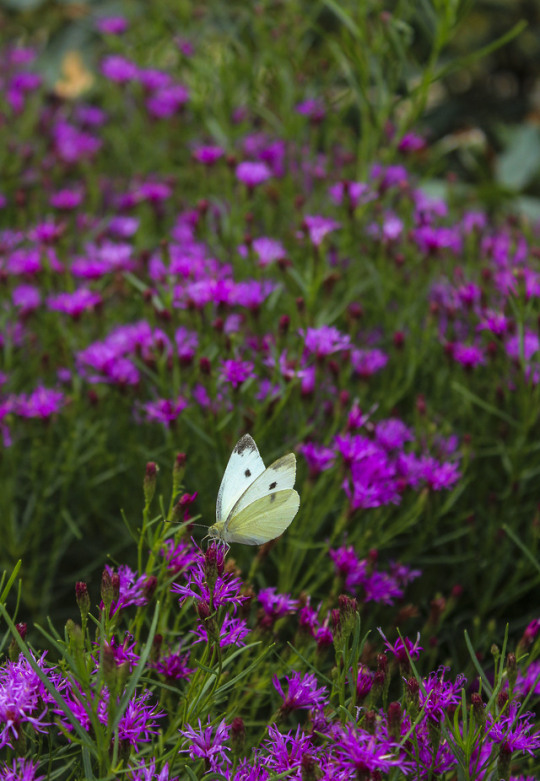


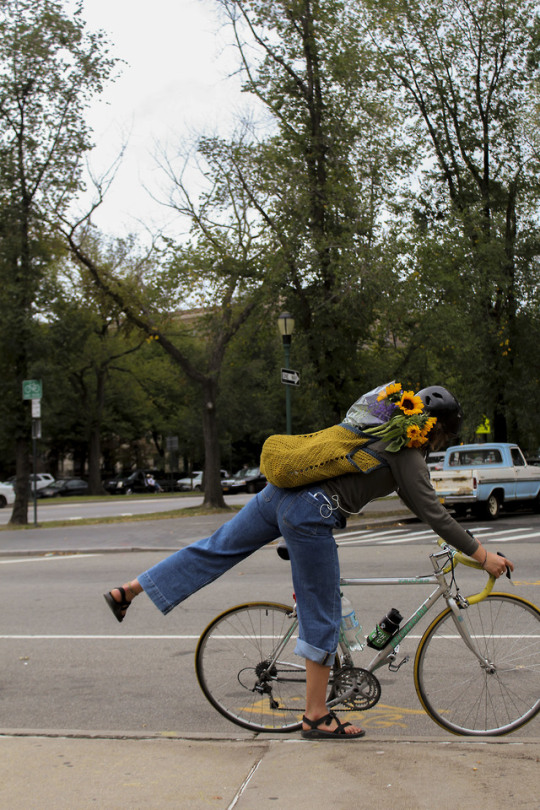
09/14/19
Photos 1 and 2:
Focusing on the object close to the camera with the background blurry
Large aperture, more light exposure and shallow depth of field, less is in focus
In the first photo, the aperture is f/3.5 and the in the second one is f/5.6
Photo 3:
Everything is in focus
A smaller aperture, less light exposure, deeper depth of field. more in focus
The aperture is f/6.3
Photo 4:
Changing the shutter speed to see how it affects objects in motion
Slow shutter speed makes the movement blurry
Shutter speed is 1/20
Photo 5:
Fast shutter speed freezes the movement.
Shutter speed is 1/500
0 notes
Photo
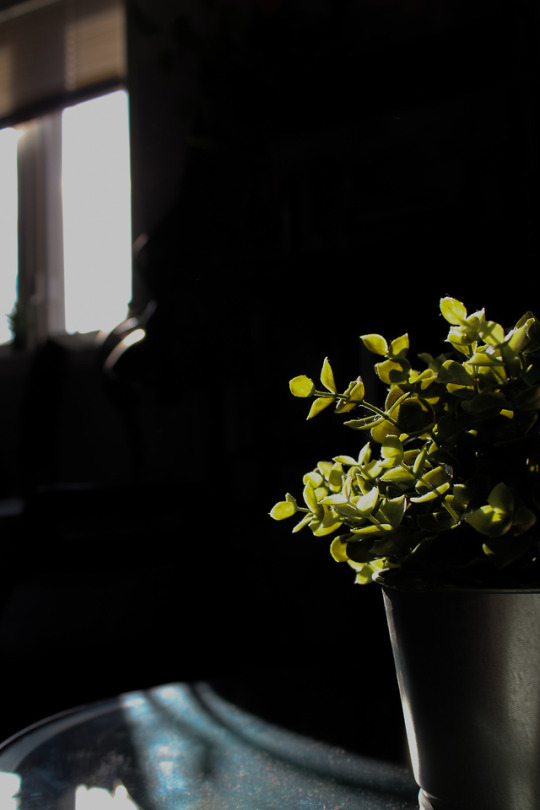
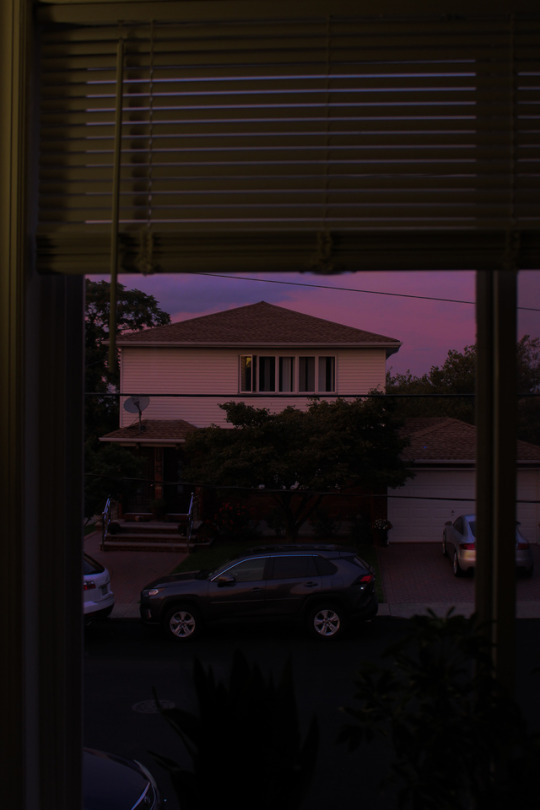
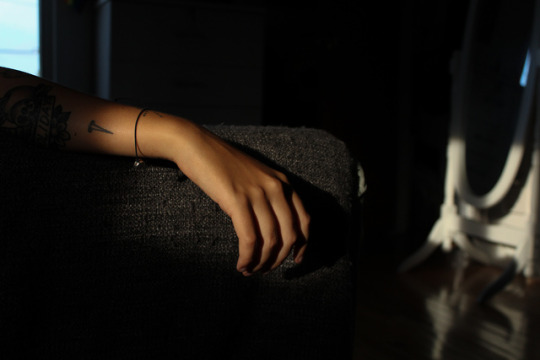
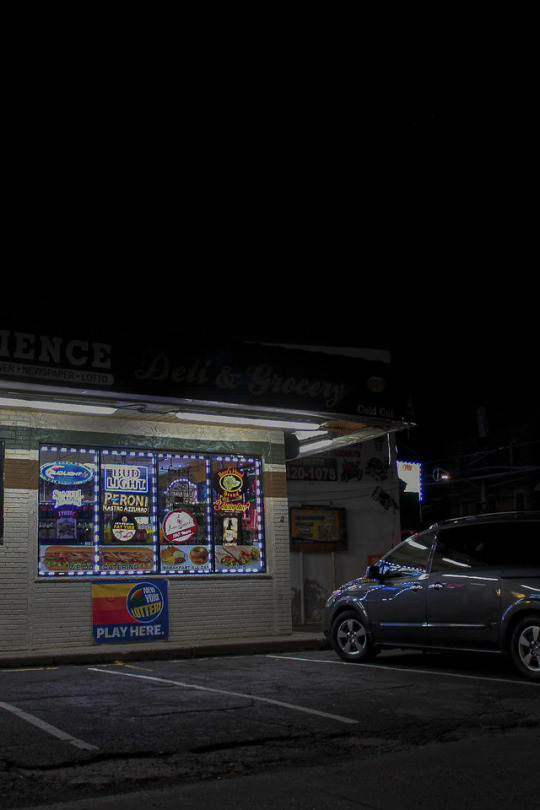
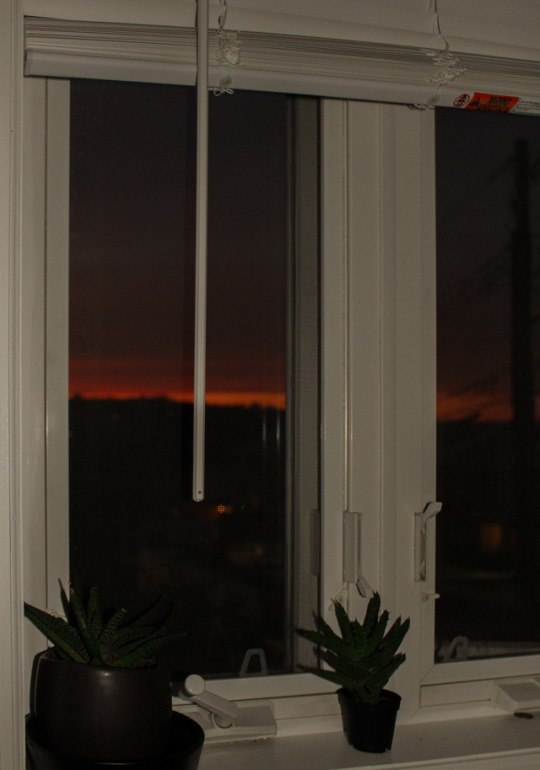
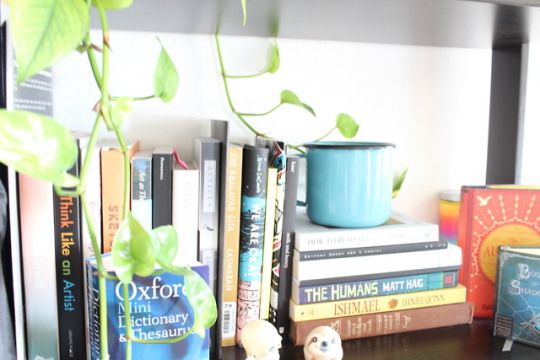
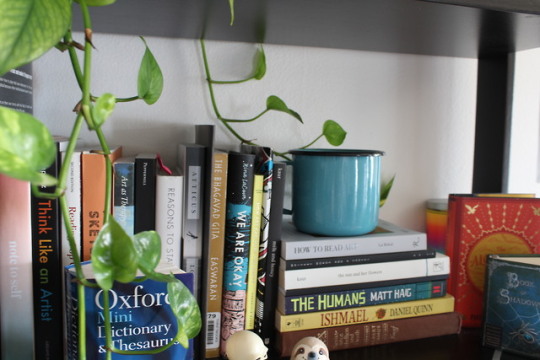



Place Assignment
Time and Date Settings
1. 3:34pm 9/3/19 f/5.6 1/60 ISO 100
2. 7:27pm 9/6/19 f/4.0 1/40 ISO 1000
3. 6:15pm 9/3/19 f/4.0 1/500 ISO 400
4. 9:08pm 9/2/19 f/4.0 1/20 ISO 400
5. 7:46pm 9/6/19 f/4.0 1/60 ISO 800
Bracketing
Changing shutter speed
1. f/5.0 0.6 ISO 400
2. f/5.0 1/6 ISO 400
3. f/5.0 1/25 ISO 400
4. f/5.0 1/50 ISO 400
5. f/5.0 1/100 ISO 400
0 notes
Photo

Picturing Us: African American Identity in Photography by Deborah Willis-Thomas
“Her mood is solemn, her mouth is closed tightly, creating a sad or redesigned look on her face. It is clear that she is a teenager, possibly between the ages of thirteen and fifteen...Why was this photograph commissioned? Since this photograph was taken during the period of slavery, we may assume that the young black woman is human property.” (Willis-Thomas, 25)
This photograph is strongly connected to the photograph described in the book. Not only because they are clearly taken during the time of slavery, but also because the emotion and the story behind them is the same. Both show young black women in their teenage years being nannies for white children. These women were known as “mammies.” The description of the woman's expression in the book makes you think that she is talking about the same photograph as the one above. Both photos are heavy, lifeless, sad, and reflect the same heartbreaking narrative.
0 notes
Photo


Both photographs are in black and white. This combined with the placement of the subject, which is in the middle, shows us the focus of the image and the story. The subject is faceless, making it hard for us to distinguish the real emotion. The photos create a mysterious yet claming tone.
1 note
·
View note
